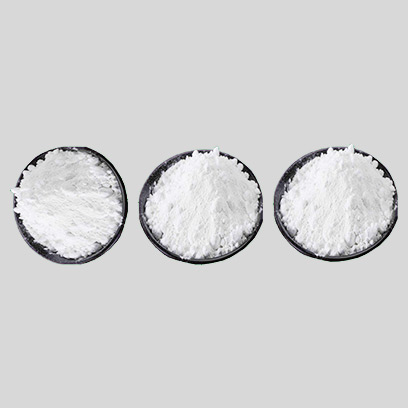
Dec . 23, 2024 02:48 Back to list
Innovative Applications and Properties of Synthetic Titanium Dioxide in Modern Industries
The Rise of Synthetic Titanium Dioxide Applications and Impacts
Titanium dioxide (TiO₂), a naturally occurring mineral, has gained immense popularity in various industries due to its remarkable properties, including high refractive index, excellent UV resistance, and superior pigment qualities. Among its forms, synthetic titanium dioxide has emerged as a leading choice, especially in applications involving high-performance coatings, plastics, and cosmetics. This article explores the characteristics, production, applications, and environmental considerations surrounding synthetic titanium dioxide.
Characteristics and Production
Synthetic titanium dioxide is produced through various chemical processes, the most common being the sulfate and chloride processes. The sulfate process involves reacting titanium feedstock with sulfuric acid, resulting in a byproduct of iron sulfate, while the chloride process uses titanium tetrachloride in a more environmentally friendly manner. The chloride route generally yields higher purity and better-quality TiO₂, which is essential for applications requiring precise color and opacity.
The modifiable properties of synthetic titanium dioxide make it versatile. It can be manufactured in different crystalline forms—primarily anatase and rutile—each exhibiting unique characteristics. Rutile is more favored for pigment applications due to its superior light-scattering ability, while anatase is often utilized in photocatalytic applications.
Applications in Various Industries
1. Paints and Coatings One of the most significant applications of synthetic titanium dioxide is in the production of paints and coatings. Its high refractive index allows for outstanding coverage and brightness, making it ideal for achieving vibrant colors. Additionally, TiO₂ enhances the durability of coatings by providing UV protection, which helps in reducing fading over time.
2. Plastics and Polymers In the plastics industry, titanium dioxide serves as a pigment and UV stabilizer. It improves the opacity and whiteness of plastic products, making it a popular choice for packaging materials, automotive parts, and consumer goods. Its ability to provide protection from UV radiation extends the lifespan of plastic materials, making them more suitable for outdoor applications.
synthetic titanium dioxide

3. Cosmetics The cosmetic industry also relies heavily on synthetic titanium dioxide. Its use in sunscreens and cosmetic products is attributed to its photostability and ability to reflect UV rays, providing effective sun protection. Additionally, it imparts a matte finish to products, enhancing their aesthetic appeal.
4. Food Industry Interestingly, synthetic titanium dioxide is still used in the food sector primarily as a colorant, although this practice is controversial and varies by region due to health concerns. Its ability to enhance the whiteness of certain food products has led to its inclusion in various food items, but it faces increasing scrutiny and regulatory limitations.
Environmental Considerations
While synthetic titanium dioxide has numerous benefits, it is not devoid of environmental concerns. The production processes can generate waste and emissions, which require careful management to minimize ecological impact. Moreover, there are ongoing debates around the safety of nanoparticles of TiO₂, particularly regarding their potential risks to human health and the environment.
Regulatory frameworks in various countries are evolving in response to these concerns, leading to increased scrutiny on the usage of TiO₂ in consumer products. Manufacturers are encouraged to adopt greener production methods and develop sustainable practices to mitigate adverse effects.
Conclusion
Synthetic titanium dioxide has secured its place as an essential ingredient across multiple industries due to its beneficial properties. From enhancing the performance of paints and plastics to providing UV protection in cosmetics, its versatility is undeniable. However, as awareness of environmental and health issues grows, it is crucial for stakeholders to innovate towards sustainable practices that ensure the long-term viability of synthetic TiO₂ applications. Balancing the benefits and risks will be key to its future development and usage in a responsible manner.
-
Premium 6618 Titanium Dioxide for GPT-4 Turbo Applications
NewsJul.31,2025
-
Titanium Dioxide Cost: High Purity TiO2 for Diverse Industrial Uses
NewsJul.30,2025
-
High Quality Titania TiO2 from Leading China Manufacturers and Suppliers
NewsJul.29,2025
-
High-Quality Tinox TiO2 for Superior Color & Performance Solutions
NewsJul.29,2025
-
High Quality Titania TiO2 from Leading China Supplier & Manufacturer
NewsJul.29,2025
-
High-Performance r6618 TiO2 for Superior Whitening and Versatility
NewsJul.28,2025
